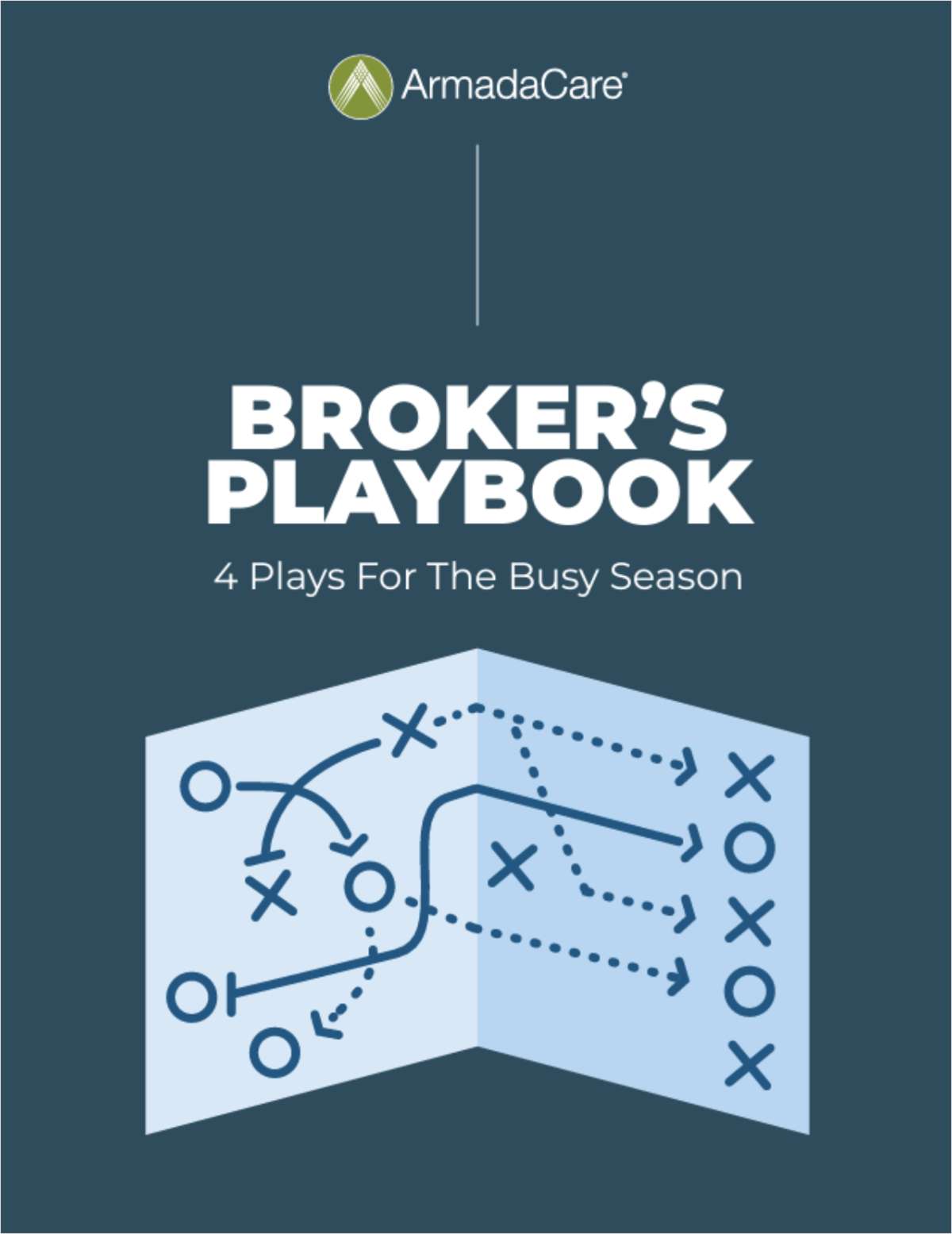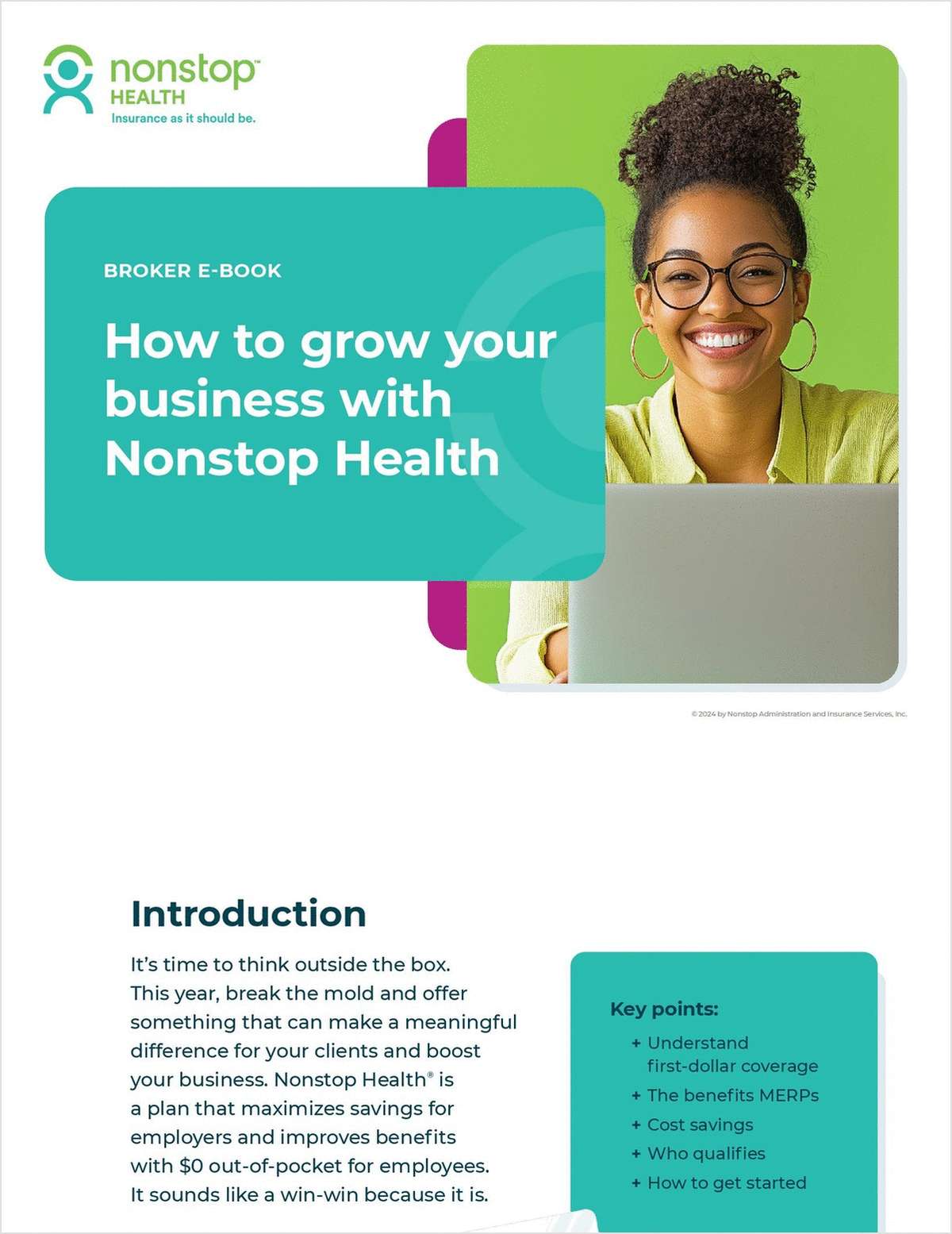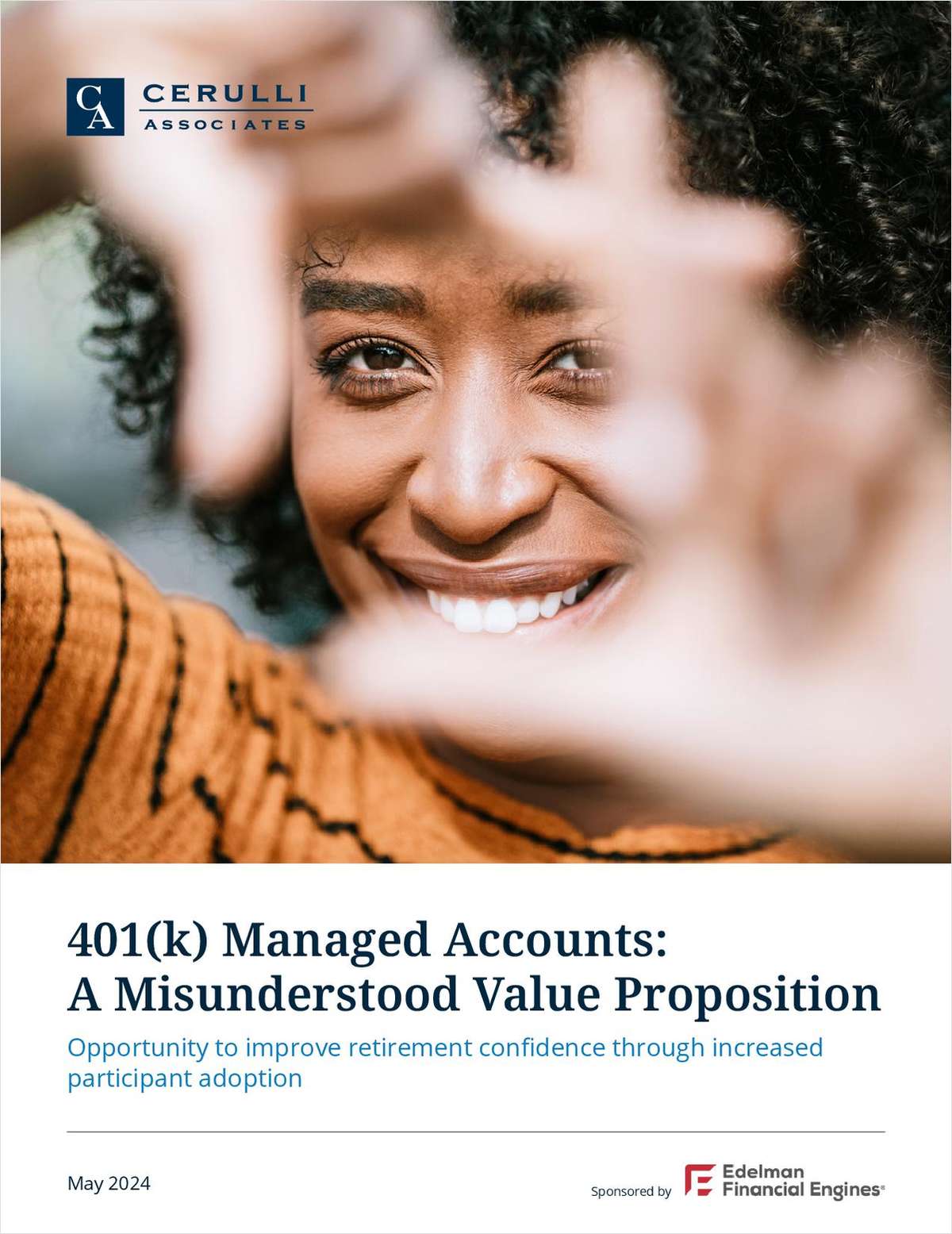
As we all continue to adjust to a world changed by the COVID-19 pandemic, the U.S. workforce is adapting to meet the demands of new realities. In fact, an increasing number of Americans who began to work from home (WFH) due to the pandemic find that they prefer a fully remote work environment, enjoying the flexibility and lifestyle benefits that arrangement provides.
However, with work outside the office becoming the new normal, MetLife's 2022 annual open enrollment survey finds that location may impact more than just daily routine. In fact, almost half of the workforce admit they will soon be at a 'breaking point' with their finances, some may be struggling more than others, as workers navigate U.S. economic uncertainty and inflation. According to the data, remote workers are 20% more likely to be highly anxious about their finances, compared to hybrid and on-site employees.
Exacerbating the issue of financial stress is a greater lack of understanding regarding benefits during open enrollment season. Benefits are a valuable but often overlooked tool to increase financial security, but confusion around open enrollment can have the opposite impact, according to MetLife's study. For example, over half of working-from-home individuals spend more than an hour a week worrying about their benefits (compared to just 37% of on-site and hybrid employees), and this cohort also says they require more information to make the right benefit choices (57% vs. 47% of hybrid/on-site workers).
Continue Reading for Free
Register and gain access to:
- Breaking benefits news and analysis, on-site and via our newsletters and custom alerts
- Educational webcasts, white papers, and ebooks from industry thought leaders
- Critical converage of the property casualty insurance and financial advisory markets on our other ALM sites, PropertyCasualty360 and ThinkAdvisor
Already have an account? Sign In Now
© 2024 ALM Global, LLC, All Rights Reserved. Request academic re-use from www.copyright.com. All other uses, submit a request to [email protected]. For more information visit Asset & Logo Licensing.








